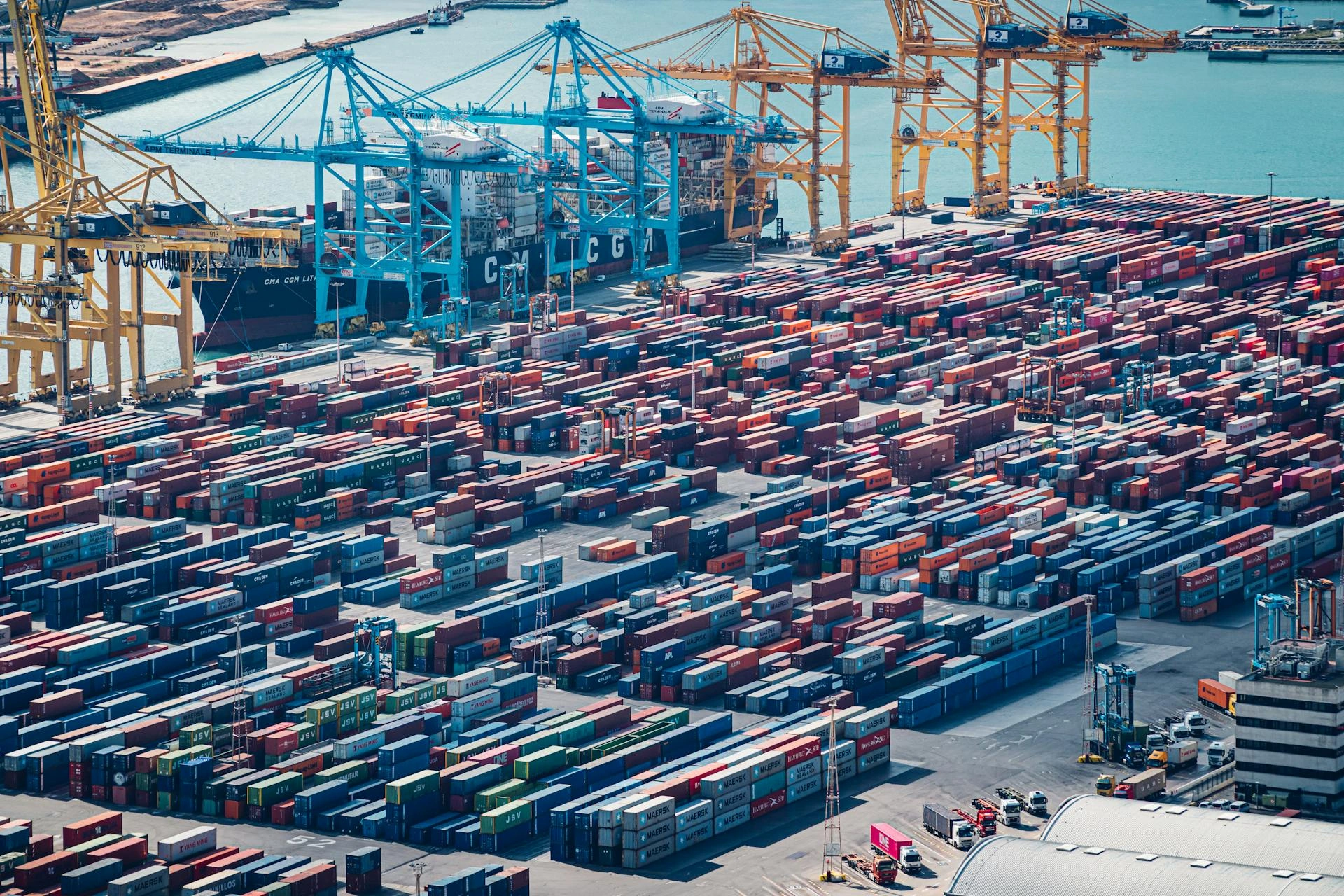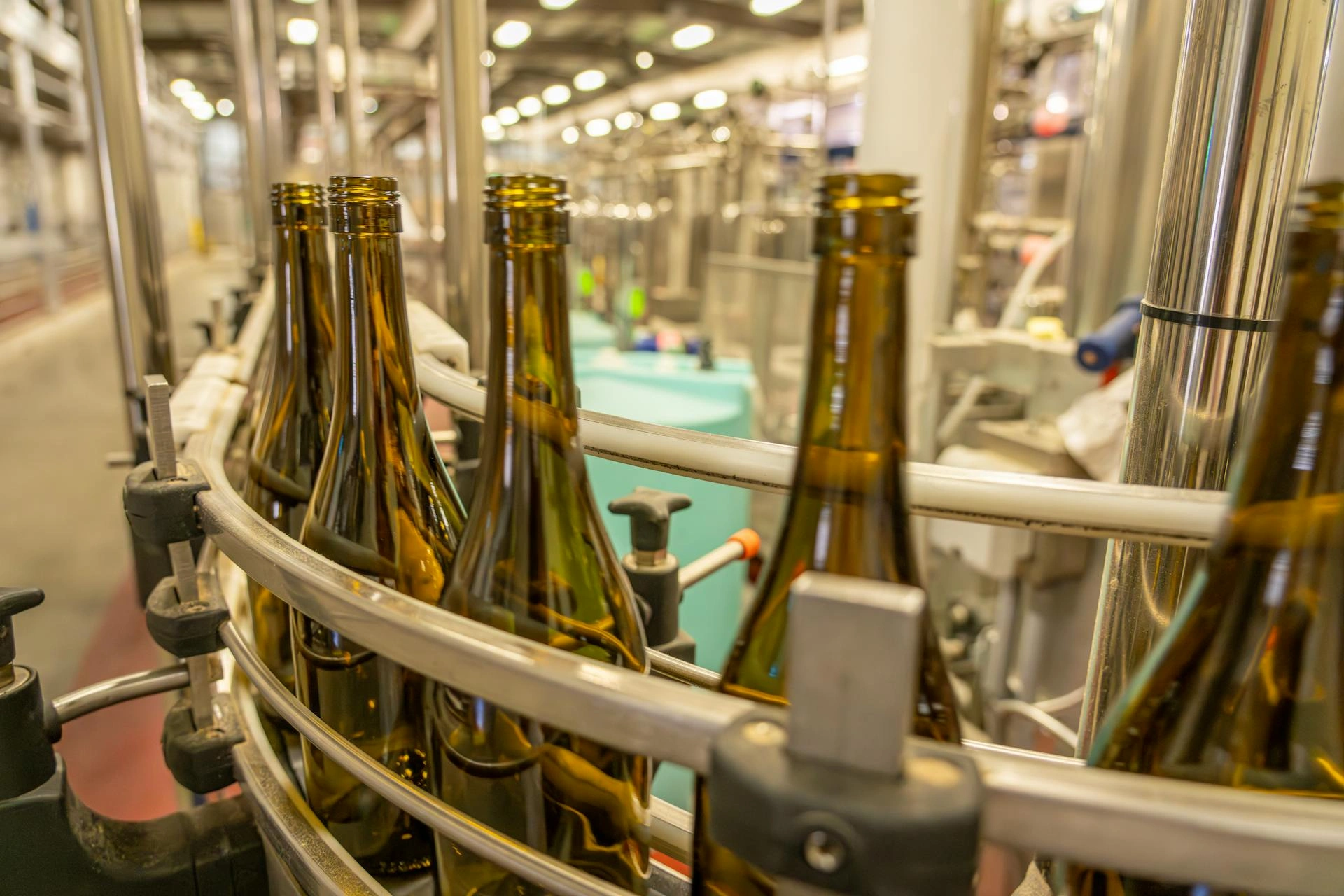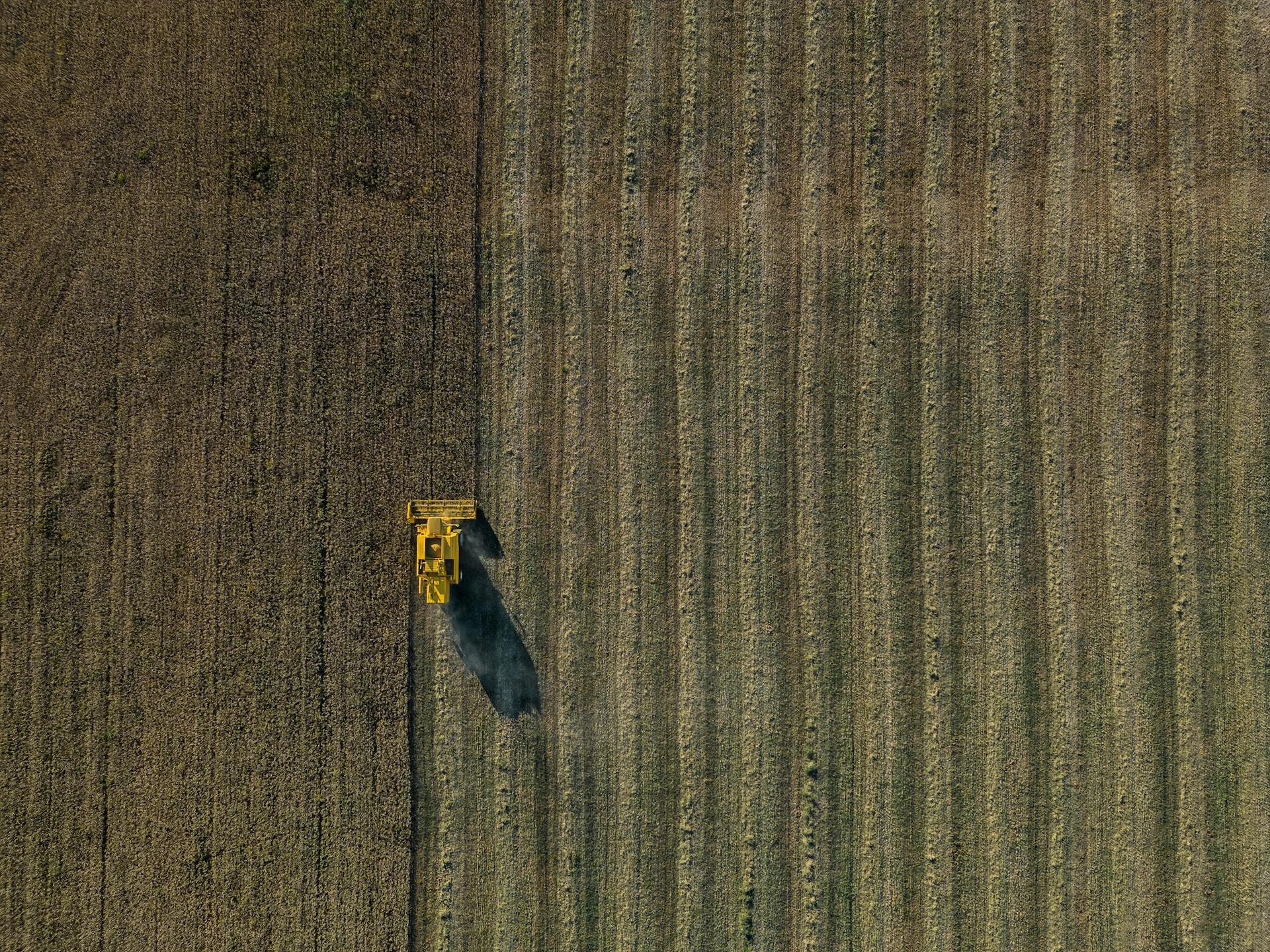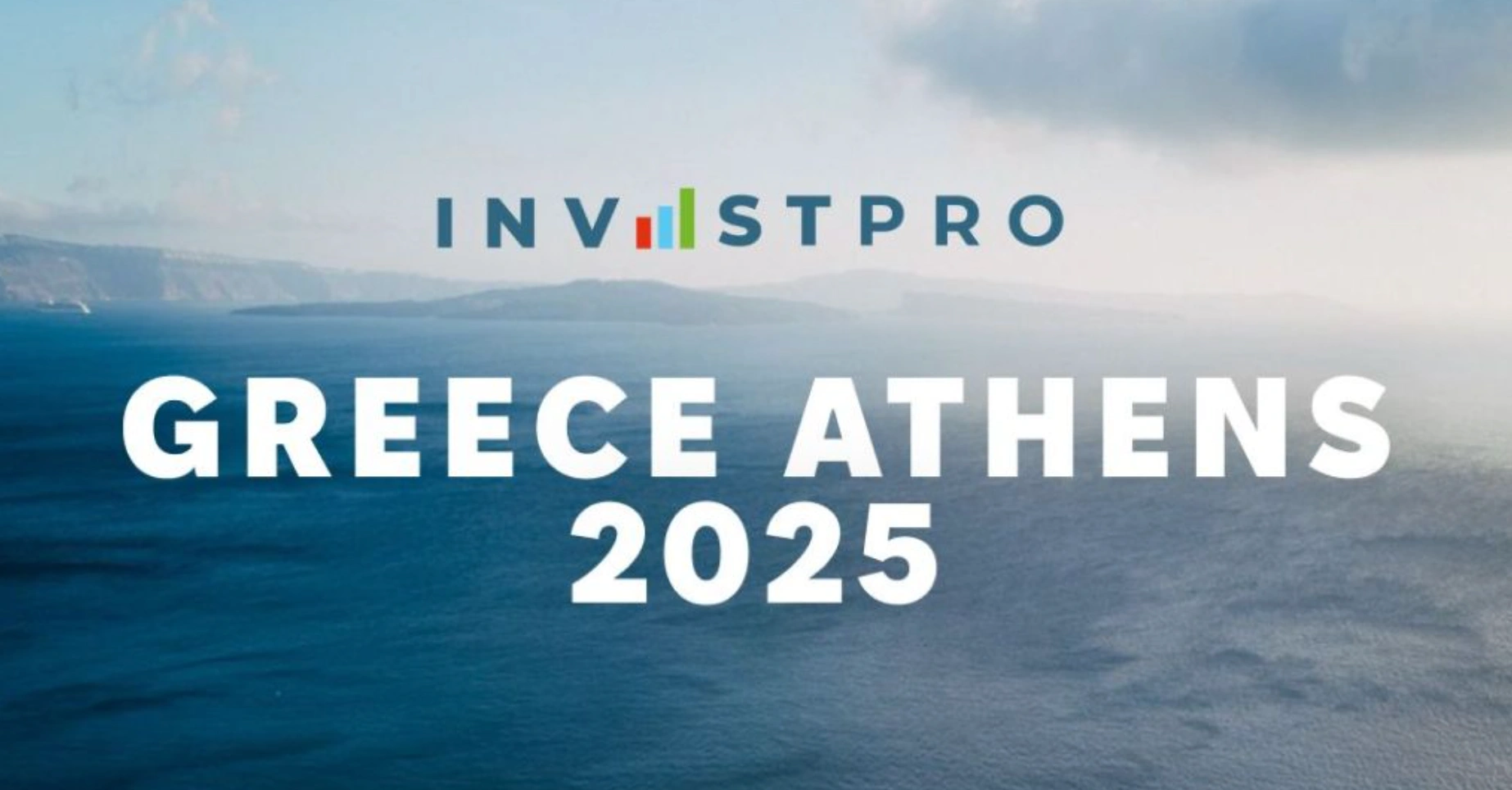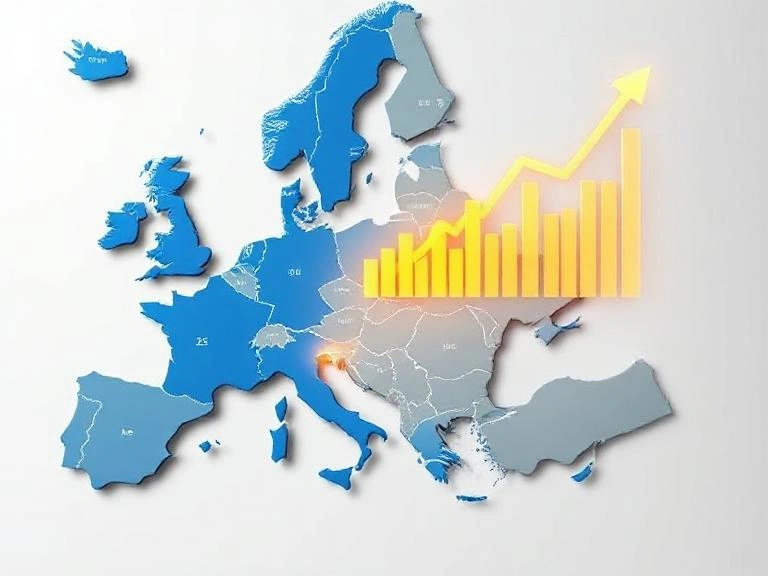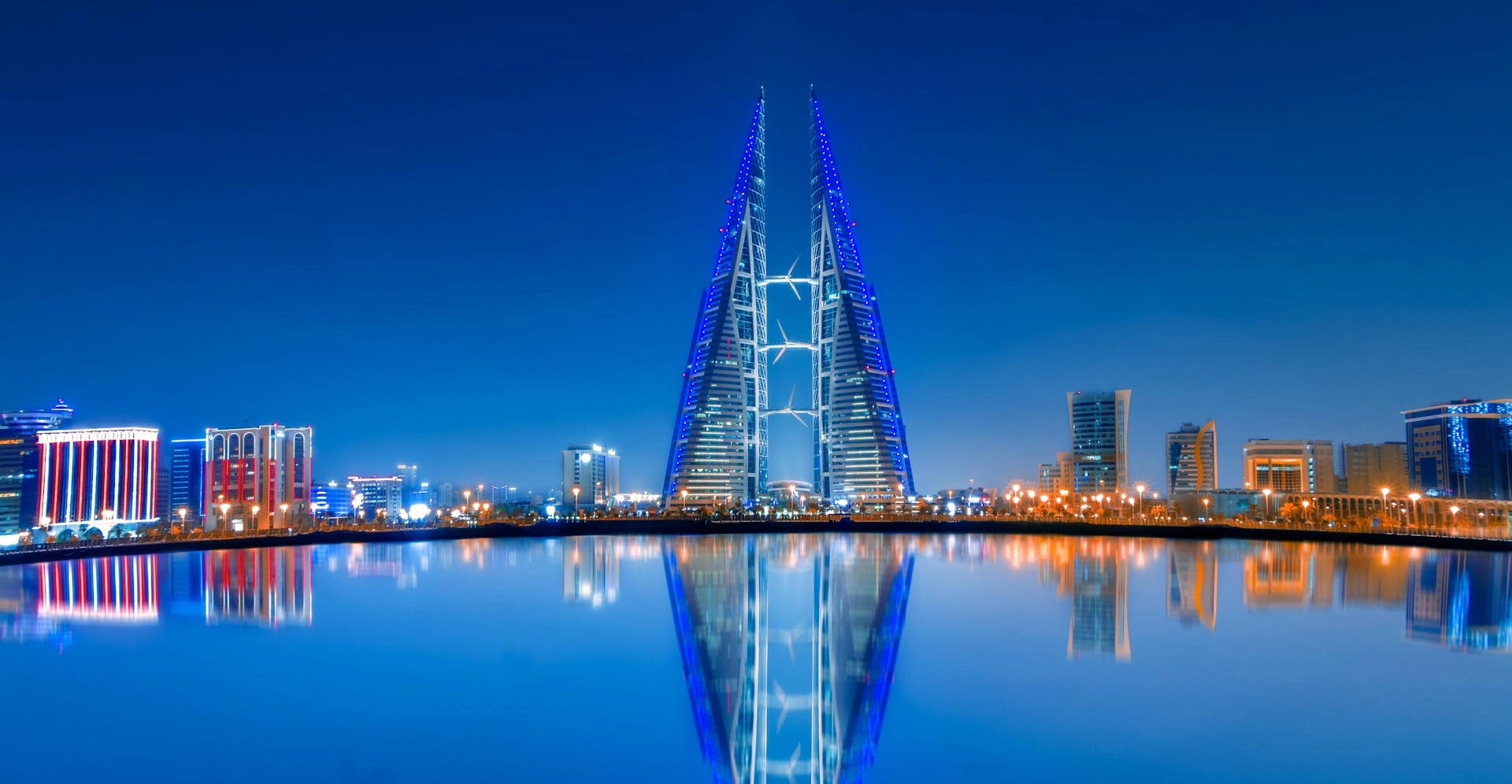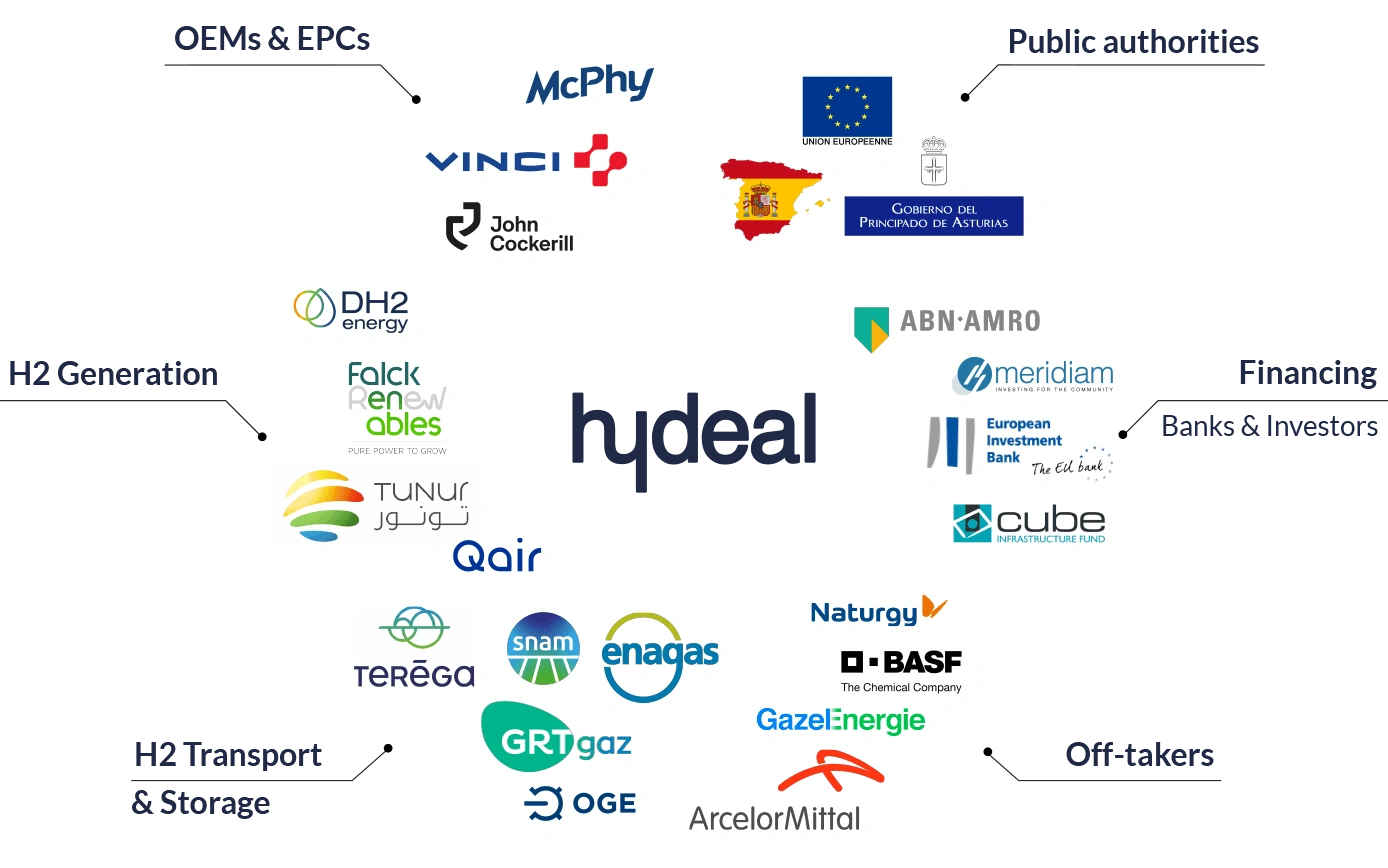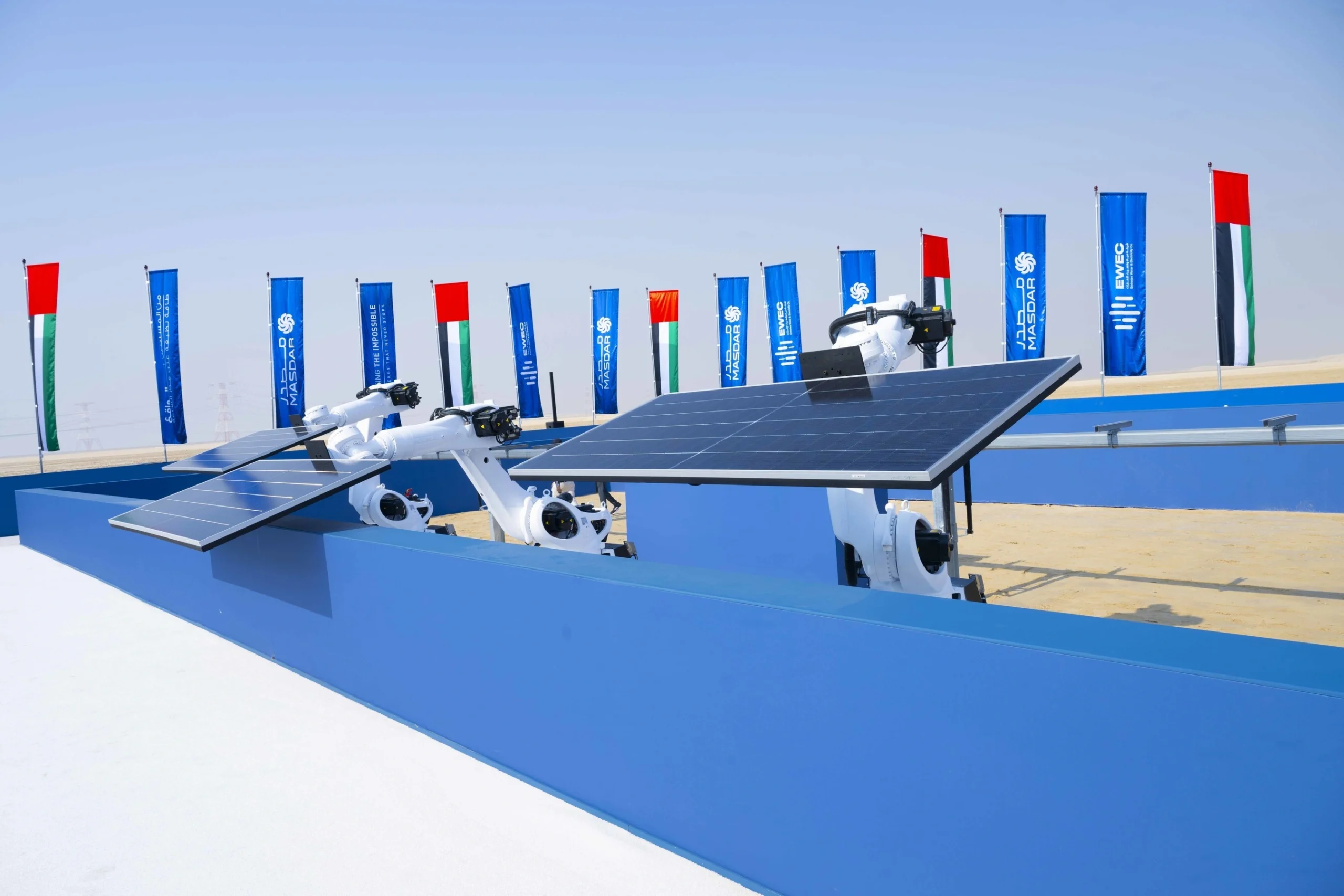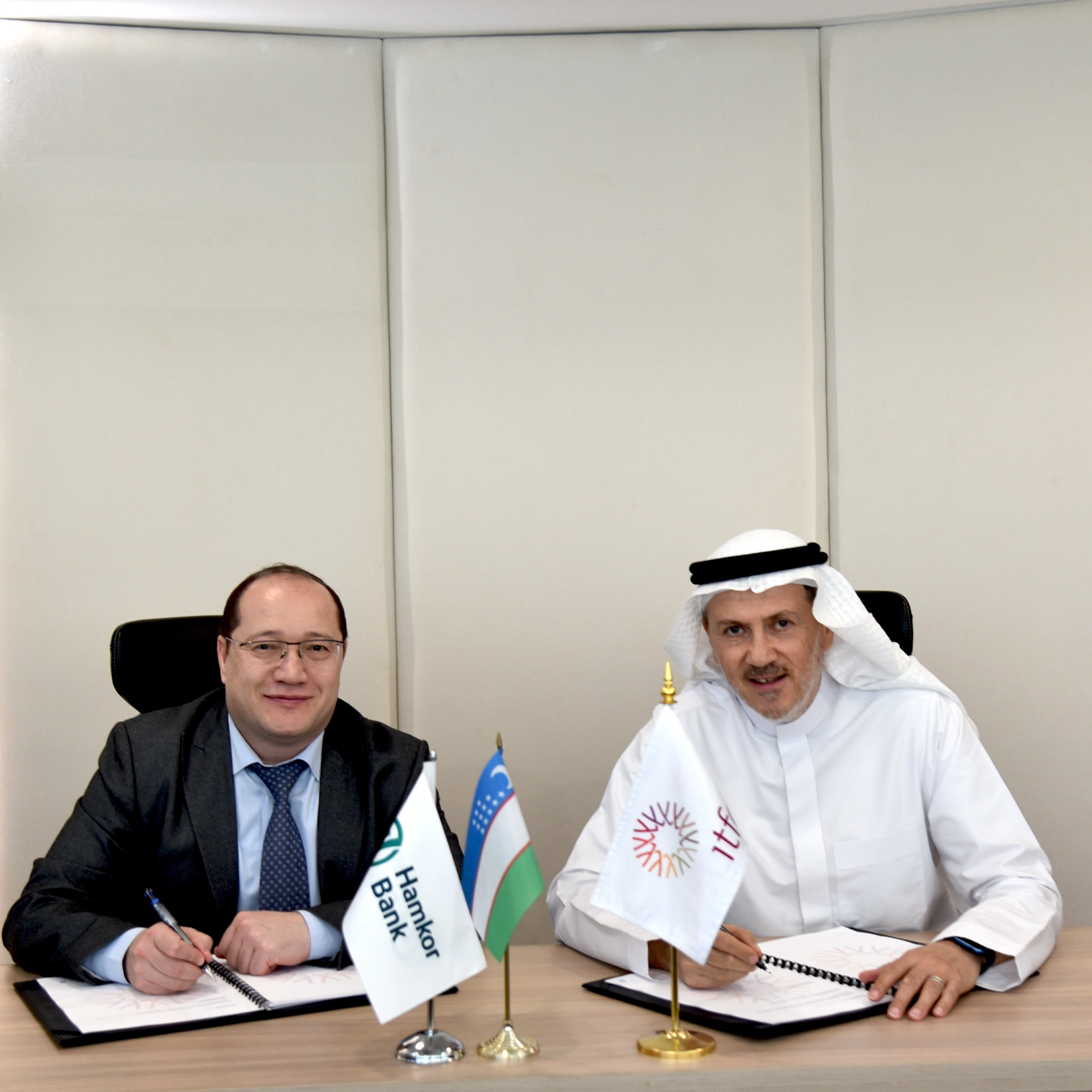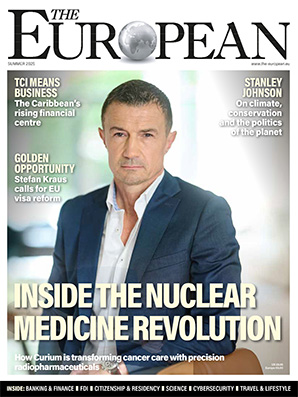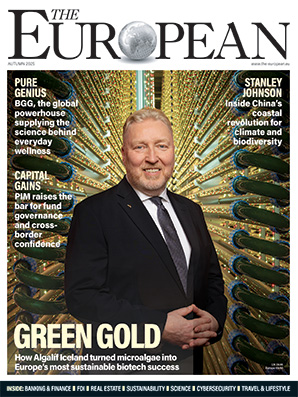Superfast train network dubbed ‘Metro for Europe’ on track for 2040

John E. Kaye
- Published
- News
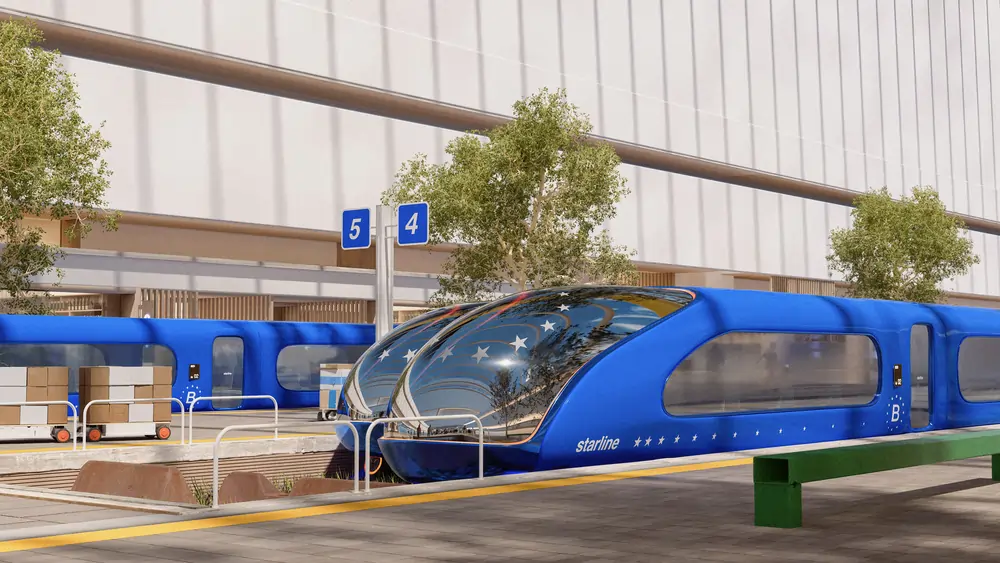
Plans have been revealed for a superfast train network which could revolutionise travel across the continent
Starline, dubbed the ‘Metro for Europe’, promises to cut journey times and link 39 cities with cheap fares, fewer delays, and comfortable seating.
The “ambitious” network would run on a fleet of new carriages carrying passengers between “major economic centres” at speeds of between 300kph and 400 kph – 30% faster than existing trains.
New “landmark” stations would be built across the 22,000km-long Metro-style grid, according to design blueprints by 21st Europe, a Copenhagen-based think tank.
The project – powered by renewable energy sources – is the “best chance” for Europe to meet its 2050 net-zero goals, it said.
Trains would run on a single European timetable to make “travel across Europe not just faster, but better”.
And tickets would operate on a similar purchase system to airlines, where passengers could either buy directly through Starline or book through a variety of other, potentially cheaper, platforms.
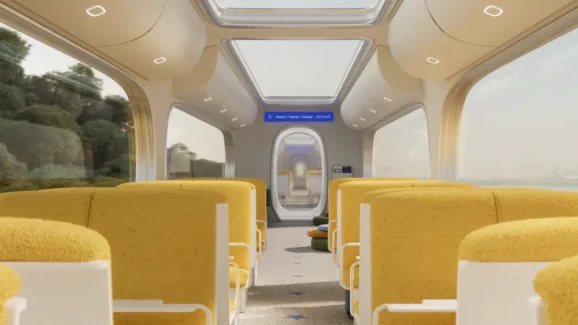
“Crucially, this is not about centralising sales under a single operator but about standardising access to rail travel across Europe, removing the friction that currently drives passengers to other modes of transport”, 21st Europe said.
Prices would also be “significantly” cheaper than short-haul flights and existing rail services to encourage “mass adoption”.
“Ultimately, the goal is not to maximise profit but to make high-speed rail the default choice for European travel,” 21st Europe added.
The deep blue trains, designed by Bakken & Bæck, will mimic the EU flag, with stars running along the sides of the carriages and bright yellow interiors.
It plans to make the trains as recognisable as red double-decker buses in London or yellow taxis in New York.
Unlike traditional trains, Starline will not have first or second-class seating. Instead, all the chairs are designed for “comfort over distance”, ensuring that “even the longest trips feel natural rather than exhausting”.
The network would be funded by the EU to ensure it becomes a “shared European asset” and overseen by a new European Rail Authority (ERA)—a proposed body within the EU framework responsible for ensuring the system’s coordination, interoperability, and long-term expansion.
Under the blueprint, entitled ‘A High-Speed Future for Europe’, five lines would criss-cross the continent by 2040.
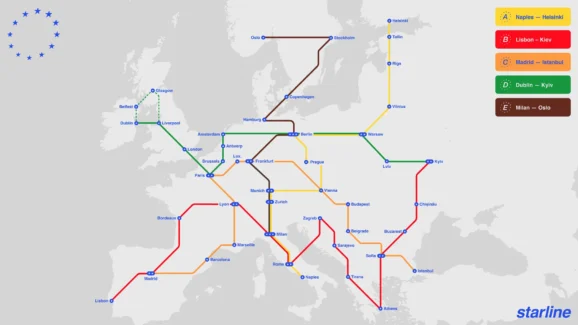
One would take passengers from the south to the north of Europe – Naples in the south of Italy to Helsinki in Finland. A second would travel the width of the continent, from Lisbon, Portugal, to Kyiv, Ukraine.
A third connects Madrid with Istanbul, while a fourth stretches from Dublin, Ireland, to Kyiv, Ukraine. The fifth line spans Milan, Italy, to Oslo, Norway.
According to 21st Europe, the journey from Helsinki to Berlin – currently a full-day trip – would take just over five hours.
It added: “Railways have never been just about transport. They are lines drawn through history and society. Starline is about redrawing them—not to divide, but to connect. To make a continent feel whole again.
“Starline is an invitation to rethink how Europe moves. This blueprint is not just a proposal for high-speed rail—it’s meant to ignite conversation, a starting point for reimagining connectivity across the continent.
“Now, we begin building the network to push for real change, bringing together policymakers, designers, and industry leaders to turn vision into action.
“But just as much as it is about infrastructure, Starline is about ideas. 21st Europe exists to spark these discussions, and anyone who shares this ambition can join as a member—to contribute, debate, and help shape the future of mobility in Europe.”
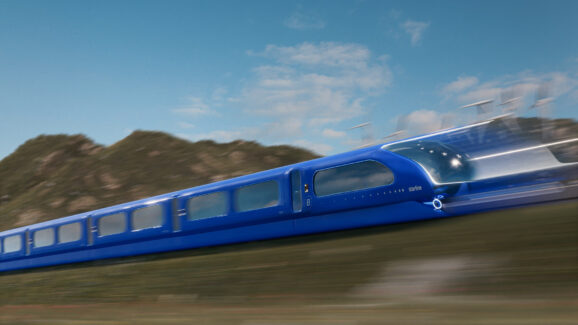
Images: 21st Europe
Sign up to The European Newsletter
RECENT ARTICLES
-
 Fast fashion brands ‘greenwash’ shoppers with guilt-easing claims, study warns
Fast fashion brands ‘greenwash’ shoppers with guilt-easing claims, study warns -
 Europe’s shrinking middle class is turning to the radical right, new study suggests
Europe’s shrinking middle class is turning to the radical right, new study suggests -
 Private sector set to overtake government as main driver of corporate sustainability in 2026, report suggests
Private sector set to overtake government as main driver of corporate sustainability in 2026, report suggests -
 Europe emphasises AI governance as North America moves faster towards autonomy, Digitate research shows
Europe emphasises AI governance as North America moves faster towards autonomy, Digitate research shows -
 JPMorgan plans multibillion-pound tower in Canary Wharf
JPMorgan plans multibillion-pound tower in Canary Wharf -
 Strong workplace relationships linked to higher initiative among staff, study finds
Strong workplace relationships linked to higher initiative among staff, study finds -
 Brexit still hitting poorest hardest as food costs rise and mental health worsens
Brexit still hitting poorest hardest as food costs rise and mental health worsens -
 Global crises reshape household food habits, major review finds
Global crises reshape household food habits, major review finds -
 Sir Trevor McDonald honoured at UWI London Benefit Dinner celebrating Caribbean achievement
Sir Trevor McDonald honoured at UWI London Benefit Dinner celebrating Caribbean achievement -
 Adelphi Masterfil acquires Karmelle to bolster UK machinery manufacturing
Adelphi Masterfil acquires Karmelle to bolster UK machinery manufacturing -
 Cost-of-living pressures push London staff to seek practical perks
Cost-of-living pressures push London staff to seek practical perks -
 AI and scent-science firm Arctech expands into agriculture with Rothamsted base
AI and scent-science firm Arctech expands into agriculture with Rothamsted base -
 Malta PM says future growth hinges on stronger higher-education system
Malta PM says future growth hinges on stronger higher-education system -
 Golden visa surge sets the stage for InvestPro Greece 2025
Golden visa surge sets the stage for InvestPro Greece 2025 -
 Germany bucks Europe’s high-growth surge as continent sees strongest expansion in five years
Germany bucks Europe’s high-growth surge as continent sees strongest expansion in five years -
 Women turning to entrepreneurship to fight age bias at work, study shows
Women turning to entrepreneurship to fight age bias at work, study shows -
 Lithuania launches ‘Investment Highway’ to cut major project approval times from three years to three months
Lithuania launches ‘Investment Highway’ to cut major project approval times from three years to three months -
 Islamic Development Bank and London Stock Exchange Group launch study on ‘development traps’ facing emerging economies
Islamic Development Bank and London Stock Exchange Group launch study on ‘development traps’ facing emerging economies -
 Europe’s HyDeal eyes Africa for low-cost hydrogen link to Europe
Europe’s HyDeal eyes Africa for low-cost hydrogen link to Europe -
 Complex questions still need people, not machines, researchers find
Complex questions still need people, not machines, researchers find -
 Study links CEO political views to recognition of women inventors
Study links CEO political views to recognition of women inventors -
 GrayMatter Robotics opens 100,000-sq-ft AI robotics innovation centre in California
GrayMatter Robotics opens 100,000-sq-ft AI robotics innovation centre in California -
 UAE breaks ground on world’s first 24-hour renewable power plant
UAE breaks ground on world’s first 24-hour renewable power plant -
 WomenIN Festival 2025 unveils expanded programme in partnership with FNB
WomenIN Festival 2025 unveils expanded programme in partnership with FNB -
 ITFC extends $30m financing to Uzbekistan’s Hamkorbank
ITFC extends $30m financing to Uzbekistan’s Hamkorbank








